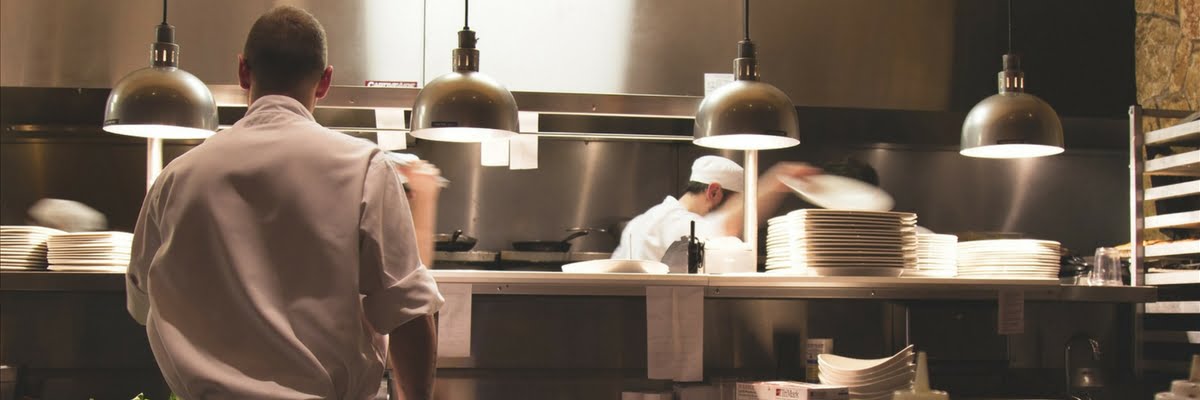After months of anticipation, the opening date for Ireland’s first Krispy Kreme has been announced.
The US doughnut giant is opening in the Blanchardstown Shopping Centre after receiving planning permission from Fingal County Council yesterday. The news comes nearly two years after the possibility of an Irish Krispy Kreme hit the news.The planning permission granted to the retailer allows for a large ‘factory store’, a retail and production unit in the shopping centre, including a drive-thru. All going to plan, customers can expect an October opening date for the store. All 16 varieties of Krispy Kreme’s doughnuts will be available in share boxes or individually. The drive-through option will be available seven days per week. Kreme shakes, tea, coffee and other refreshments will also be available in-store and to take away.
According to the Irish Sun, Ireland Country Director Alex Drysdale said: “It is with great excitement that we today announce that the OG of doughnuts, Krispy Kreme Original Glazed, is coming to Ireland this October along with many other delicious flavours for Irish customers to enjoy.” He said “Our Blanchardstown build is underway and we will soon be announcing recruitment details for our Irish operation. We look forward to welcoming all our Irish fans, and those yet to have their first Krispy Kreme experience, through our doors and our drive-thru this October.”
Founded in 1937 by Vernon Rudolph in Winston-Salem, North Carolina, Krispy Kreme is a listed company with more than 1,300 stores in 31 countries




